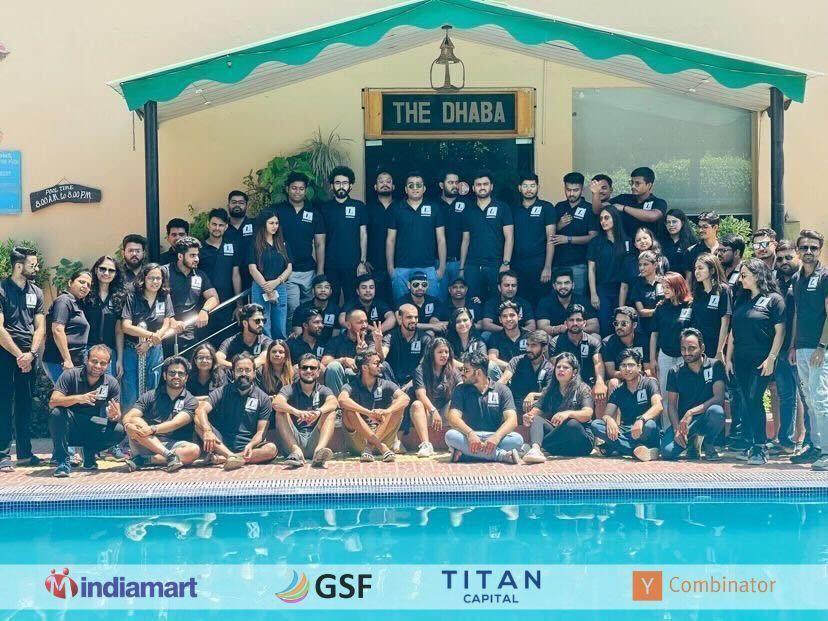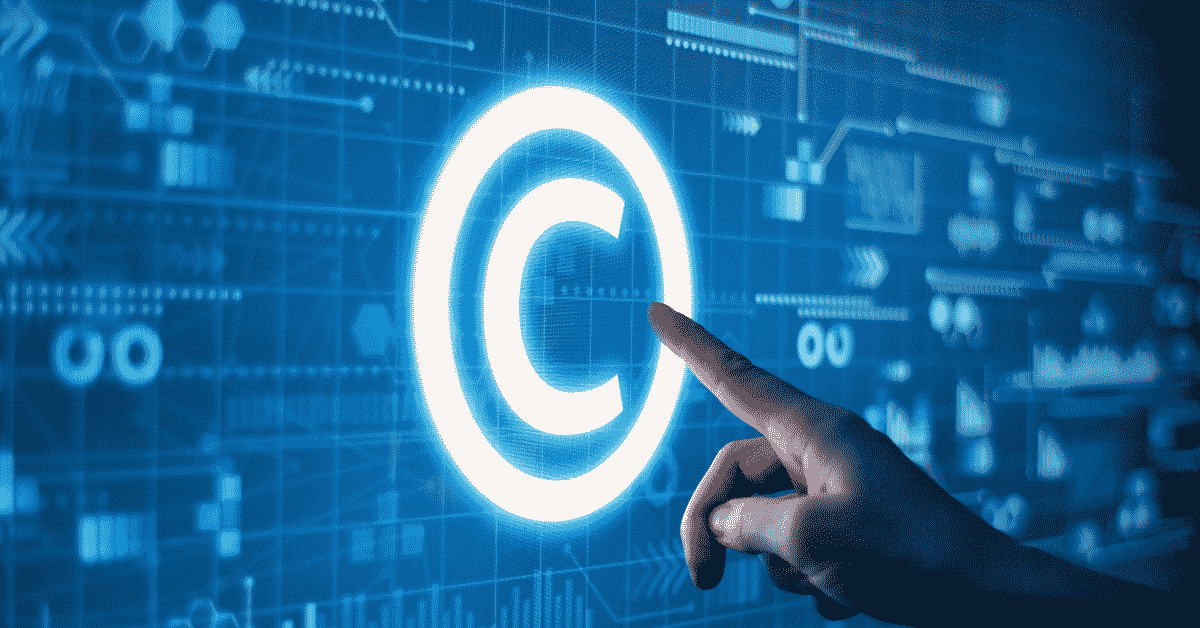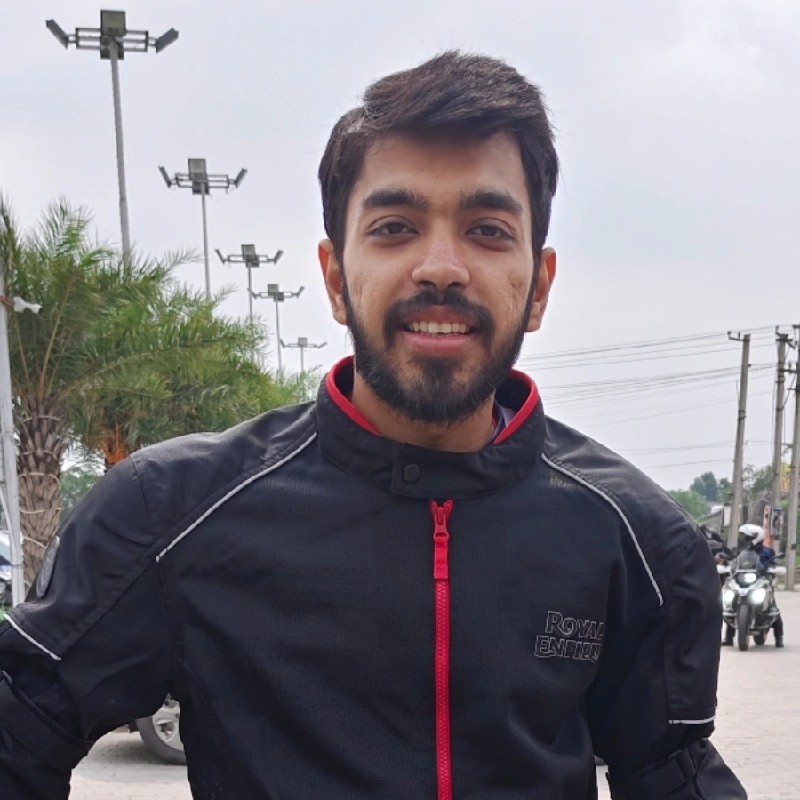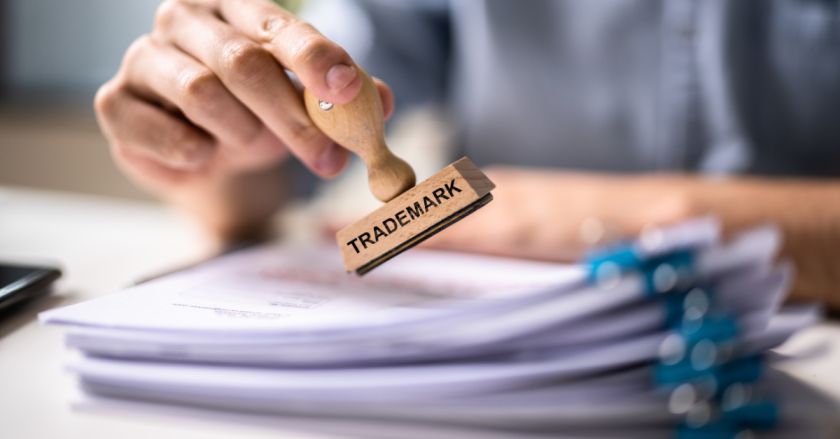Indian Copyright law is at equality with the worldwide guidelines as contained in TRIPS. The (Indian) Copyright Act, 1957, as per the revisions in the year 1999, completely mirrors the Berne Convention for Protection of Literary and Artistic Works, 1886 and the Universal Copyrights Convention, to which India is a gathering. India is additionally a gathering to the Geneva Convention for the Protection of Rights of Producers of Phonograms and is a dynamic individual from the World Intellectual Property Organization (WIPO) and United Nations Educational, Scientific and Cultural Organization (“UNESCO”).
It is appropriate to specify in this that alongside the (Indian) Trade Marks Act, 1999, the security can likewise be acquired under the (Indian) Copyright Act, 1957 concerning the work of art, design, design, style, get-up and shading blends of bundling and names which are equipped for being enlisted under the (Indian) Trade Marks Act, 1999 as a trademark.
“Work” ensured in India
Under the (Indian) Copyright Act, 1957,
- Imaginative work including a canvas, a figure, a drawing (counting an outline, guide, graph or plan), an etching, a photo, a work of engineering or masterful craftsmanship, emotional work
- Scholarly work (counting PC programs, tables, arrangements and PC databases)
- Musical work (counting music and additionally graphical documentation)
- Sound recording
- Cinematograph film
To keep pace with the worldwide prerequisite of harmonization, the Copyright Act, 1957 has aligned the copyright law in India with the improvements in the data innovation industry, whether it is in the field of satellite TV or PC programming or computerized innovation. The revised law has likewise made procurements to ensure entertainer’s rights as visualized in the Rome Convention.
Enrollment of Copyright
In India, the enrollment of copyright is not required as the enlistment is dealt with the simple record of a reality. The enrollment does not make or present any new right and is not essential for starting activity against encroachment. The perspective has been maintained by the Indian courts in a catena of judgments. It is vital to note here that there is no recommended time limit inside which enrollment of a copyright can be acquired. In any case, in no time the enrollment of a copyright may take a time of 1 to 1 ½ years.
Requirements for Registration of Copyright
The familiarity with Intellectual Property (IP) Laws is impressively low among the requirement dominant voices in India, and the majority of the IP case is kept to metropolitan urban areas. It is to be noticed that familiarity with Intellectual Property (IP) Laws is extensively low even among the implementation prevailing voices in India, and the majority of the IP suit is bound to Metropolitan urban communities. It is constantly prudent to enlist the copyright as the copyright enrollment endorsement is acknowledged as a proof of possession in a Court of law and Police powers and followed up on easily by them.
Implementation of Copyright in India
The law of copyright in India not just accommodates common cures as changeless order, harms or records of benefits, conveyance of the encroaching material for devastation and expense of the legitimate procedures. and so on additionally makes occurrences of encroachment of copyright, a cognizable offence culpable with for a term which shall be punishable with imprisonment for a term which shall not be less than six months but which may extend to three years and with fine which shall not be less than fifty thousand rupees but which may extend to two lakh rupees For the second and ensuing offenses, there are procurements for upgraded fine and discipline under the Copyright Act.
The (Indian) Copyright Act, 1957 give the power to police to enrol the Complaint (First Information Report, i.e., FIR) and follow up on its own to capture the charged, look the premises of the denounced and grab the encroaching material with no intercession of the court.
Security to Foreign Works in India
Copyright of “works” of remote nationals, whose nations are individual from Convention Countries to which India is a signatory, are secured against any encroachment of their “works” in India through the International Copyright Order, 1999. The Indian Courts have additionally been professional dynamic for the insurance of Copyright of outside creators/proprietors, which incorporates programming, films including screenplay of movies and database.
The Government of India is additionally taking the activity to battle theft in the product business, films and the music business alongside players in the business through their affiliations and associations like NASSCOM (National Association of Software and Service Companies), NIAPC (National Initiative Against Piracy and Counterfeiting) and so on.
Authorizing and Assignment of Copyright
Copyright in any work, present or future, must be relegated or authorized in composing by the copyright proprietor or his properly approved specialist.
Span/Term of Copyright
On account of unique scholarly, sensational, musical and masterful works, the span of copyright is the lifetime of the creator or craftsman, and 60 years numbered from the year taking after the demise of the creator.
On account of cinematography movies, sound recordings, photos, after death distributions, unknown and pseudonymous productions, works of government and works of worldwide associations are secured for a time of 60 years which is tallied from the year taking after the date of production.
From the above, we can conclude that Copyright plays a vital role to prevent the creator from exploitation. It controls the rights of creators who create the artistic and literally material in a number of ways such as making copies, performing in public, broadcasting, use online, etc. and to obtain an appropriate economic reward.





